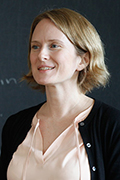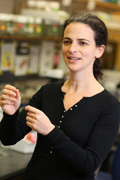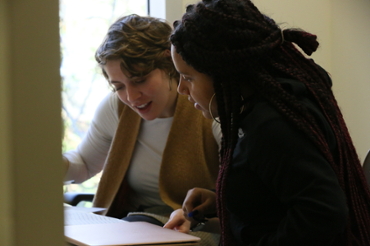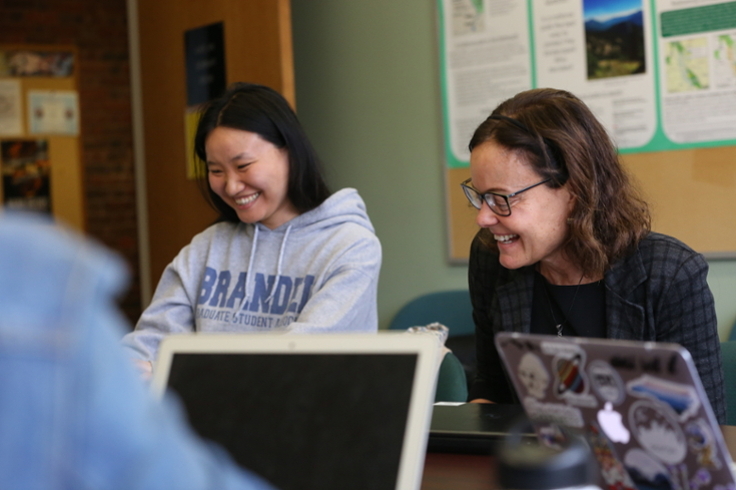We are Brandeis Science: Hannah Herde
April 3, 2015
By Hannah Herde
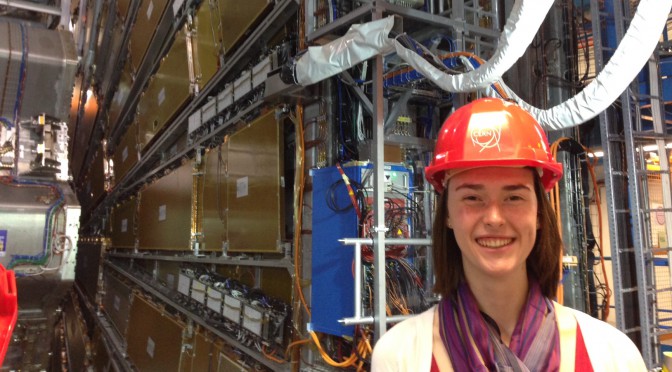 There is no rule that says scientists have to look or act a certain way. Scientists can be funny and outgoing, athletic and artistic. They come from all different backgrounds and have all different interests. Who are the people behind the groundbreaking research at Brandeis University? We Are Brandeis Science aims to find out. This on-going series is inspired by This is What a Scientist Looks Like.
There is no rule that says scientists have to look or act a certain way. Scientists can be funny and outgoing, athletic and artistic. They come from all different backgrounds and have all different interests. Who are the people behind the groundbreaking research at Brandeis University? We Are Brandeis Science aims to find out. This on-going series is inspired by This is What a Scientist Looks Like.
This post was written by physics PhD candidate Hannah Herde.
A mind-blowing mystery
Where are you from?
That’s a complicated question. I was born in Washington, D.C. but lived in New Canaan, Conn., for most of my life. My family moved to London during my middle school years, where Britain’s dedication to science education certainly helped me to develop my passion.
What do you research?
I work with physics professor Gabriella Sciolla on the search for dark matter, one of the greatest mysteries of the universe. As it turns out, dark matter accounts for 85 percent of the mass of the universe — which blows my mind. I would very much like to find out what most of the universe is made of, and how these materials interact with the matter out of which you and I, the stars, and everything else we perceive, is made.
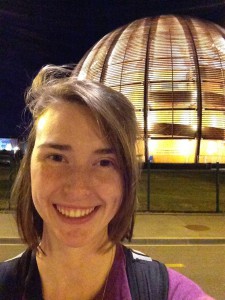
Herde in front of the Globe of Science at CERN
As a kid, what did you want to be when you grew up?
When I was 8 years old, I wanted to be an oceanographer — I wanted more than anything else to probe the fathoms of the sea. That was my dream for nearly a decade and during high school, I worked more than 300 hours at The Maritime Aquarium in Norwalk, Conn. Through my experience there, I learned that I wanted to understand more than just what is out there — I wanted to understand how everything works and why it came to be that way. As I continued my education, I came to feel that those questions were best answered through physics.
What got you into science?
Dirt. Good old-fashioned digging in the dirt. I was very fortunate growing up — my parents made sure that my three siblings and I always had a yard in which to play. Pill bugs, rocks, flowers, frogs — just about anything I could find in the yard rapidly transformed into an experiment.
What’s the coolest place you’ve ever been?
CERN’s Large Hadron Collider, 150 meters underground at the ATLAS detector. It is enormous!
